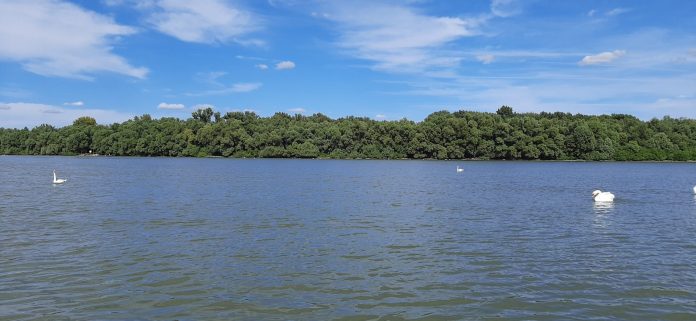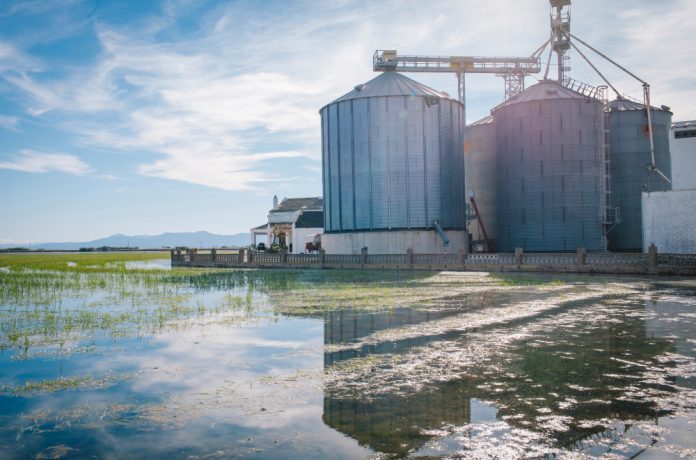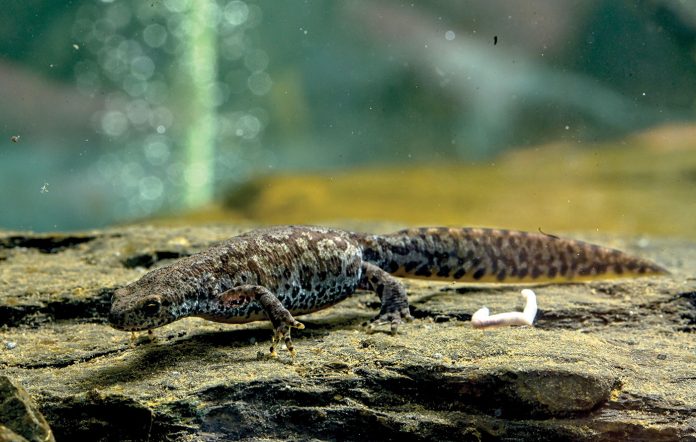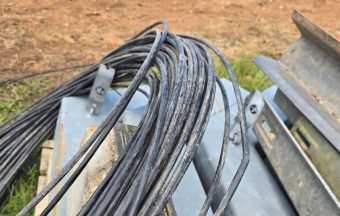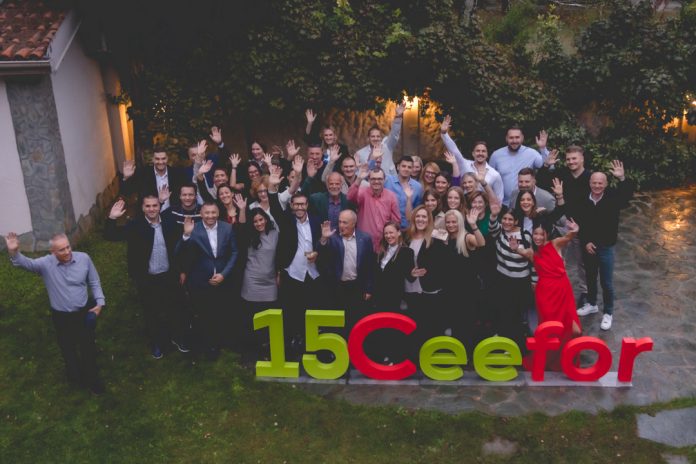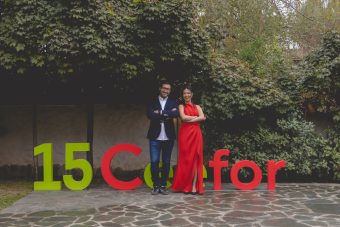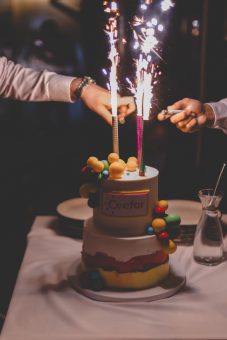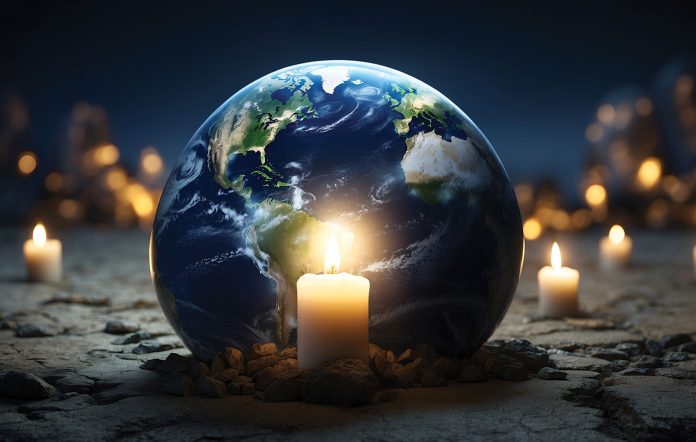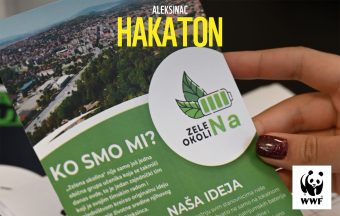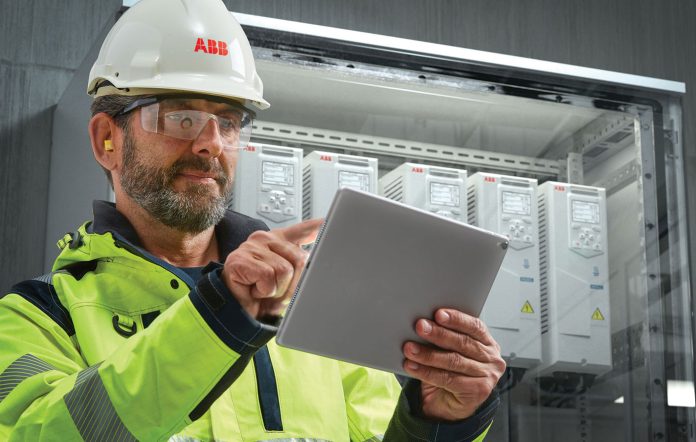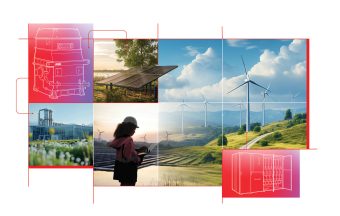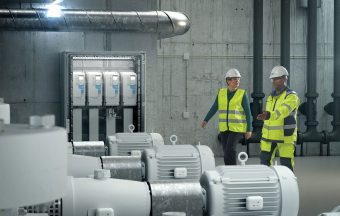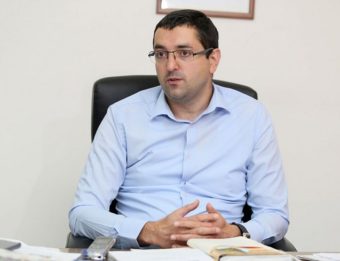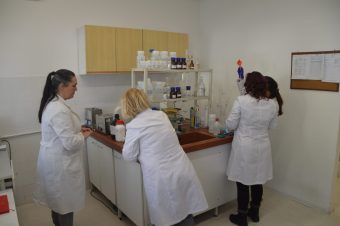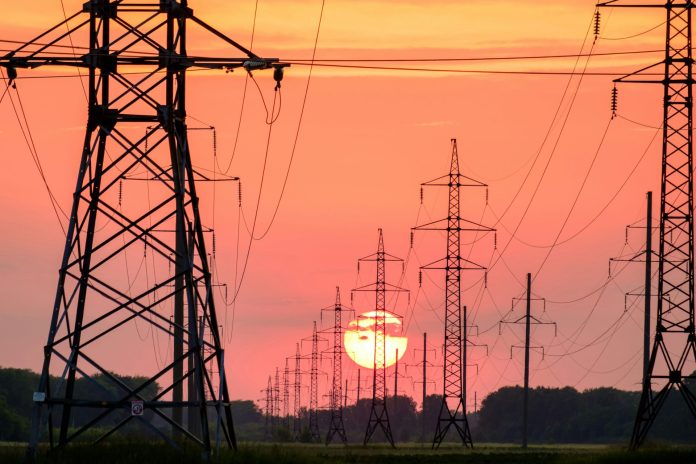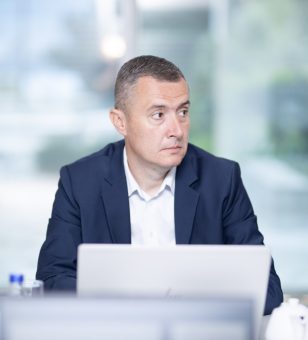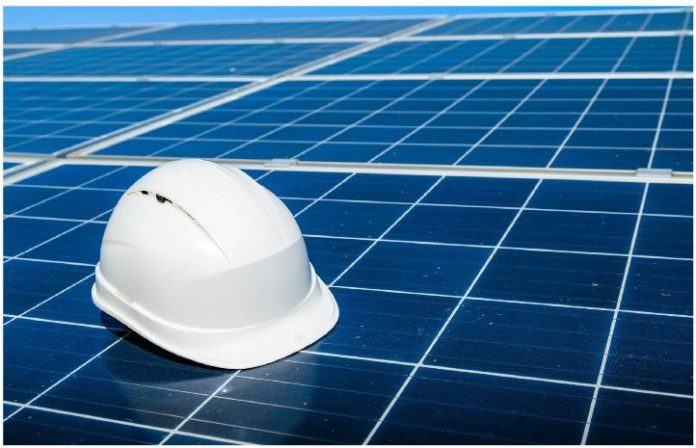The Danube is much more than a river. It is a link between cultures, a vessel of stories written through history, and a legacy for future generations. Connecting ten countries along its course, it serves as an important route for trade and transport. The river provides water for millions of people, while its beauty is enriched by the diverse array of plant and animal species that inhabit it. Preserving the Danube is of exceptional importance for both nature and people, especially given that today as much as 80 percent of its floodplains are degraded and disconnected from the main watercourses that feed them. As emphasized by Marija M. Smederevac-Lalić from the Institute for Multidisciplinary Research, University of Belgrade, preserving the Danube is not only an environmental issue but also a matter concerning the future of the entire region.
DANUBE4all is a five-year Horizon Europe project that brings together 48 partners and associated partners from 14 European countries, with the goal of restoring freshwater ecosystems in the Danube Basin through the development of a scientifically based yet practical Danube Basin Restoration Action Plan. The project connects science and restoration practices, involving local communities as well as business actors.
– By the end of 2027, all EU member states are required to adopt national restoration action plans, which is why this project is in the public spotlight, says Marija.
Key ecological challenges addressed by the project include the loss of river connectivity due to damming and watercourse alterations, which lead to ecosystem degradation. The project also tackles biodiversity loss and the need for nature-based solutions, which can contribute not only to revitalization but also to economic development. In this context, Marija notes, the project aims to demonstrate the economic and social benefits of restored ecosystems, supporting long-term efforts for their protection.
– Our Institute for Multidisciplinary Research, University of Belgrade, participates as a partner and leader of the work package focused on the scientific aspects of biodiversity. Our role is to assess the state of biodiversity, primarily using fish as bioindicator species – among the best indicators of aquatic ecosystem health – to highlight shortcomings and propose measures to be implemented for the restoration and protection of aquatic ecosystems in the Danube Basin, Marija explains.
The significance of the project also lies in the fact that concrete restoration measures are being carried out at three locations along the Danube – in the Upper Danube in Austria, the Middle Danube in Hungary, and the Lower Danube in Romania. Before implementing specific hydrotechnical renaturalization works, detailed monitoring was conducted, and after the measures are applied, post-monitoring of aquatic ecosystems will follow to determine the effectiveness of the activities.
IN FOCUS:
- Smart gardens – a technological response to climate challenges in agriculture
- Veliko Gradište Awaits an Influx of Solar Energy
- Fluo Varoš 1 and 2 – Construction Begins on Two Modern Solar Power Plants in Aleksinac
According to Marija, Western European countries have realized that urbanization and industrialization have severely endangered river ecosystems and riparian areas.
Besides harming nature, such impacts entail high financial costs. This is why investments are increasingly being directed toward nature-based solutions. These require habitat revitalization and renaturalization, providing an example of how effective measures can contribute to ecosystem sustainability and full use of ecosystem services that support both general and economic well-being.
– I assume that for many, the economic dimension of the project is particularly significant, and this project makes exactly that possible – the economic valorization of conserving and revitalizing natural resources, she adds.
Finally, Marija emphasizes the demonstration site in the Upper Danube in Austria, near Vienna, where partners plan to restore the natural dynamics of the river and its banks. The aim is to enable water to penetrate the floodplain once again and to transform an existing island into a wild one, which, once vegetation develops, will become a habitat for species characteristic of floodplain areas. This example is also important for Serbia, as similar wild islands near Belgrade need to be protected from conversion, urbanization, and industrialization.
The Role of Floodplains in Preserving Nature and Societal Well-Being
Floodplains are among the most valuable natural resources, as they simultaneously provide habitats for numerous species, contribute to maintaining a balanced climate, protect against flooding, and bring direct benefits to people.
Thanks to their unique characteristics, floodplains provide living space for a wide range of microorganisms, plants, insects, amphibians, reptiles, birds, fish, and mammals. As our interviewee pointed out, these areas can be viewed as “biological supermarkets” because they abound with food used by many animal species. The combination of shallow water, high levels of nutrients, and intensive primary production makes them ideal places for the development of organisms that form the foundation of the food chain. In addition, many species use these areas for breeding, raising offspring, as shelter, or as permanent habitats. Dead plant matter decomposes in water, creating detritus – fine particles of organic material that feed aquatic insects, mussels, and fish, which in turn serve as food for larger predators.
They also play a crucial role in maintaining global ecological cycles. Organisms found within them participate in the circulation of water, nitrogen, and sulfur. Today, many scientists believe that floodplains and wetlands may also function in maintaining the atmosphere. As our interviewee explained, these areas store carbon, thereby contributing to mitigating the effects of global climate conditions.
Floodplain habitats provide values that no other ecosystem can offer, such as natural improvement of water quality, flood protection, bank erosion control, opportunities for recreation and aesthetic enjoyment, as well as natural products we use. For these reasons, protecting such areas has a positive impact on human health and well-being.
Floodplains act like natural sponges – they retain and gradually release rainwater, melted snow, groundwater, and flood waves. Trees, roots, and riparian vegetation slow down water flow and allow its even distribution, thereby reducing the intensity of flood impact and soil erosion. These areas are significant for cities, as they alleviate extreme climate conditions and reduce the need for costly works such as excavations and the construction of embankments. They are also important for agriculture, as they prevent excessive crop inundation.
Prepared by Katarina Vuinac
The story was published in Energy portal Magazine CLIMATE CHANGE


